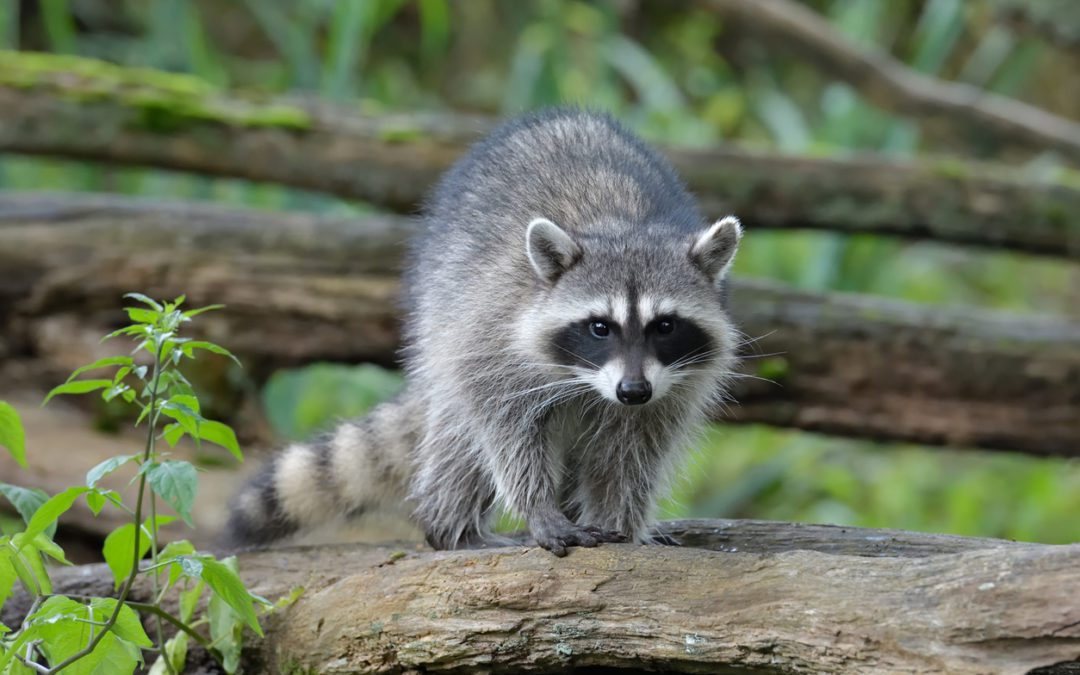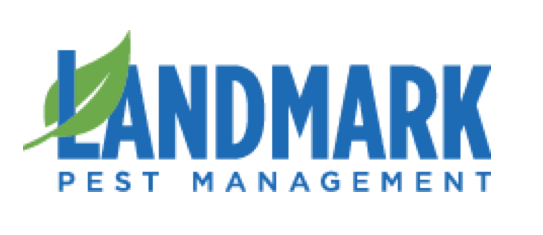Like all wildlife, raccoons are attracted to areas where their habitat and nutrition needs are met. In the wild, this is typically a wooded area with plenty of worms, insects, fruits, and nuts to eat as well as trees where they can build their dens. However, in places where there is a dense human population, like the city or suburbs, the ever-opportunistic raccoon will take advantage of the resources around it. This means foraging for food in garbage cans, tearing up lawns in search of grubs, and setting up nests inside of homes and other buildings. This damaging activity can cause a lot of grief for property owners, but there are some raccoon prevention methods that may help alleviate an already existing situation or keep the animals from becoming a problem in the first place.
Removing a Raccoon’s Food Source
Raccoons are omnivores, meaning they eat a variety of plant, meat, and insect matter. They will hunt for small, easily-caught prey like fish, frogs, and
Any exposed food left outside can attract raccoons as well. Don’t let the remnants of a party or picnic sit overnight, and if you keep water or kibble outdoors for your pet, bring it inside at the end of the day. This will also help to keep away other scavenging omnivores like skunks and opossums.
In addition to the food scraps left by humans, raccoons love to eat insects and larvae. Lawns are the perfect place to find these grubs, and raccoons will rip up grass or roll back sod to get to them. Eliminating this food source will make your property less appealing, save your landscaping from damage, and help with overall raccoon prevention.
Safeguarding Your Home or Business from Raccoons
In their natural habitat, raccoons build their dens in the crevices and hollows of trees. They are proficient climbers, and will use these trees as a means of escape from predators. They will also inhabit the abandoned den sites of other animals. Outside of its natural habitat, a raccoon’s innate nesting instincts may lead it to make its home in an attic or beneath a structure where another animal has already burrowed. To keep this kind of activity from affecting your property, there are a number of ways to protect your home or business.
A raccoon can enter a structure through a gap as small as its head. Examine the outside of the building to see if there are any holes through which raccoons may gain access. Repair the roof in any areas where the wood or shingles are rotting or have been damaged by weather. Raccoons are very strong and are known for ripping holes in roofs where the material is weakened or compromised.
Install caps over any chimneys or vents on the exterior of the house, especially roof vents. Raccoons will bend or mangle vents until they are able to fit through them, and they are attracted to the dark, enclosed shelter that a chimney provides.
Fill in holes under the structure where other denning animals may have been nesting. Raccoons are animals of convenience and are more likely to move in to a vacant spot than create their own burrow.
Controlling the accessibility of a raccoon’s food source and equipping your home or business with wildlife exclusion devices will help to defend your property from animal breach. These habitat modification techniques aid in raccoon prevention, but if one has already accessed your attic or is living beneath the building, contact an ABC Wildlife nuisance wildlife expert at (847) 870-7175. These specialists are trained in raccoon prevention methods and licensed to remove invasive wildlife in a safe and effective manner. He or she will also be able to identify areas that may be vulnerable to animal breach in the future and make suggestions to keep wildlife out.


